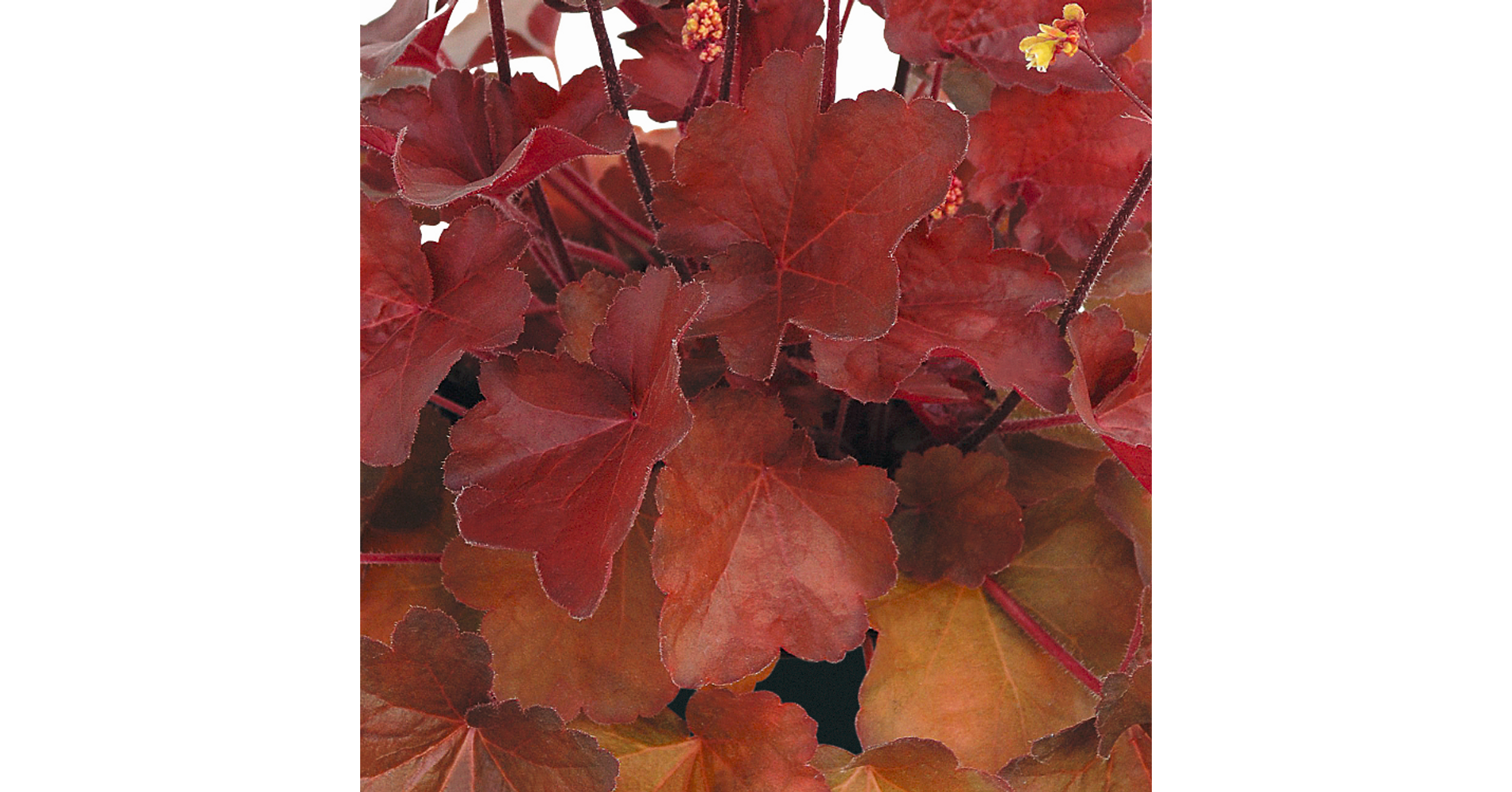
Heuchera 'Little Cuties Blondie' / Tűzeső Heuchera / Tűzeső
Introduction to Coral Bells The genus Heuchera (coral bells), and its intergeneric hybrid x heucherella (foamy bells), are enchanting woodland plants, grown primarily for their evergreen foliage. Although, many also offer a charming floral display as well.
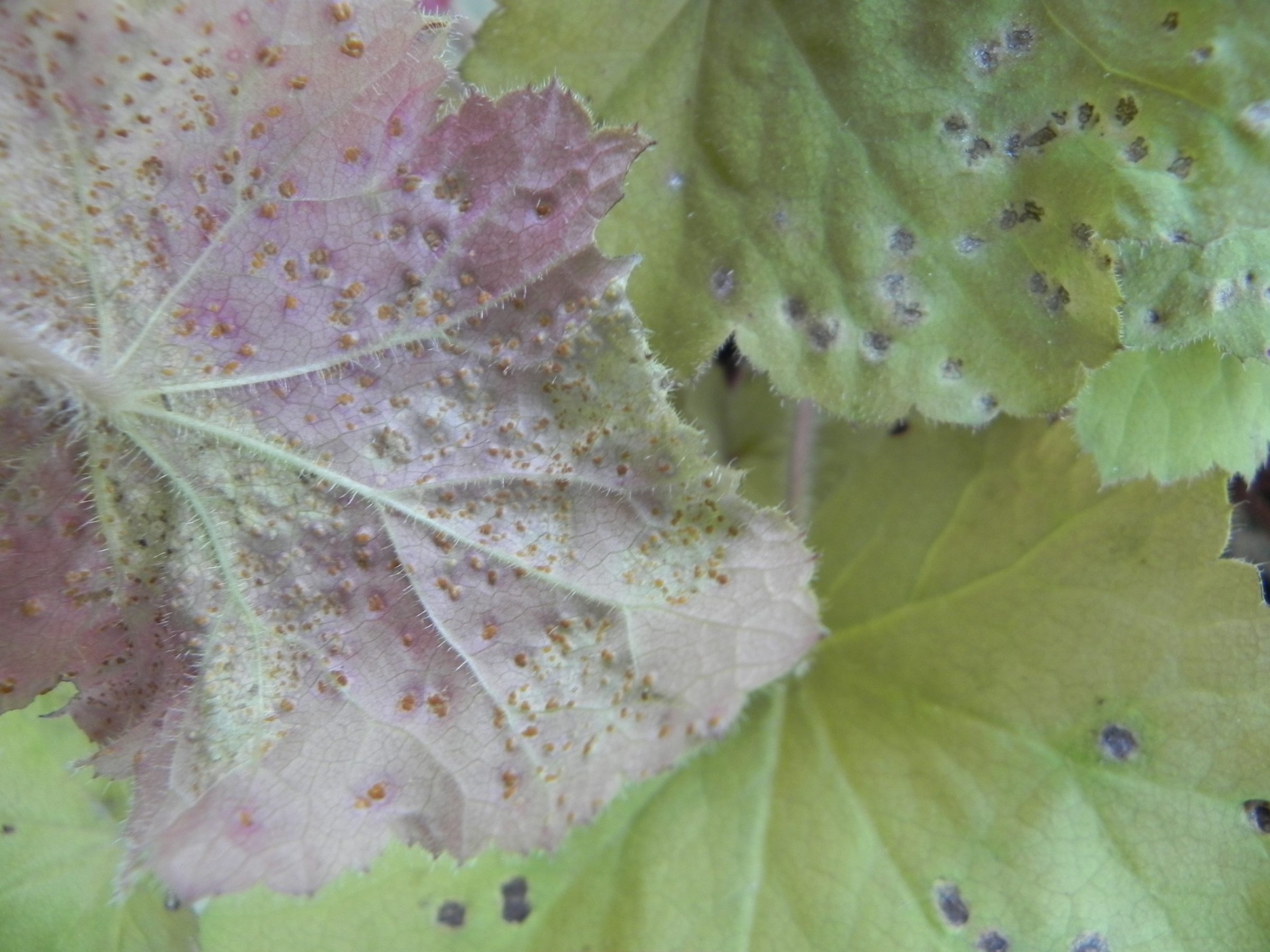
What's wrong with my Heuchera? Sublime Garden Design Landscape Design Serving Snohomish
Genus name honors Johann Heinrich von Heucher (1677-1747), physician, botanist and medicinal plant expert at Wittenberg University, Germany. Hybrid name means resembling quaking grass or Briza. 'Chatterbox' features a basal mound (typically to 12" tall) of heart-shaped, lobed, slightly toothed, long-petioled medium-green leaves (2-4" wide).
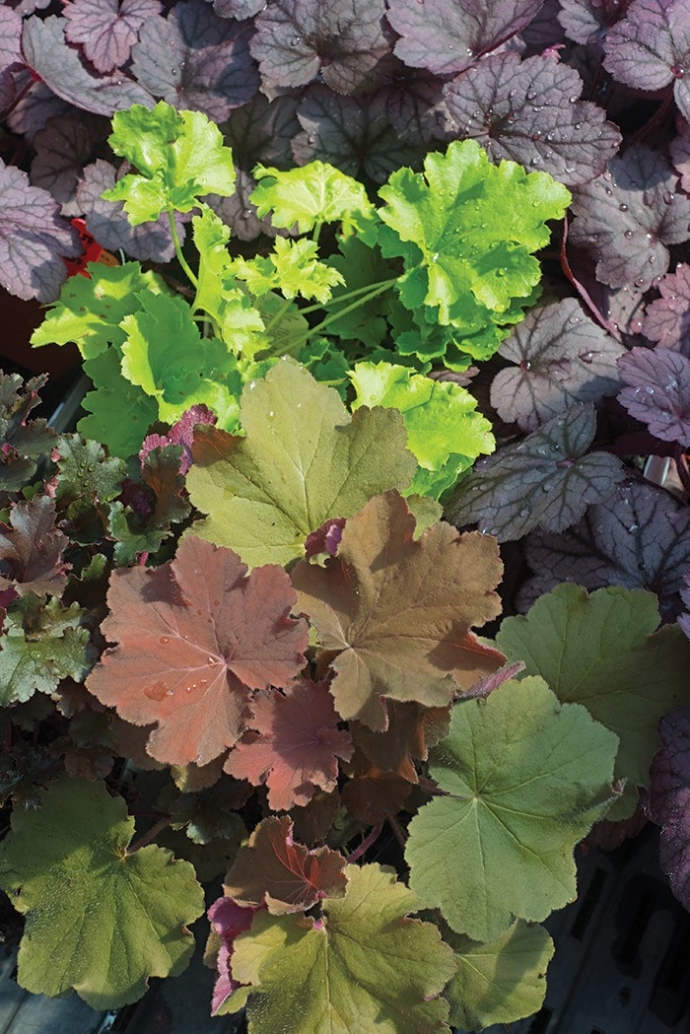
Garden Adventurer Heuchera, the Evolution of Pretty Cary Magazine
Heuchera forms a compact, 12 to 20 inch tall mound of color that works well along a border's edge or pathway. Or, use heuchera in a container by itself or mixed with other foliage plants such as hosta and ajuga. Heuchera is also deer resistant. Hardy from zones 4-9. Heuchera Questions?

Top 10 Healthy Heuchera
Dig a hole the same depth as the root ball. Then place the plant, adding compost or seedling fertilizer. Planting a coral bell into your garden is fairly straightforward. Dig a hole as deep as the plant or bare root and twice as wide. Take your coral bells out of its pot. Make sure to 'scruff' the root ball.

The Best Heucheras for Northern California FineGardening
Space plants 1-2 feet apart. Light: Coral bells can be grown in a wide range of light conditions, from full sun to shade. Foliage color and bloom are best when plants receive at least 4-6 hours of direct sunlight. Soil: Heuchera does best in rich well-draining soil, but is tolerant of clay or rocky soils and salt.
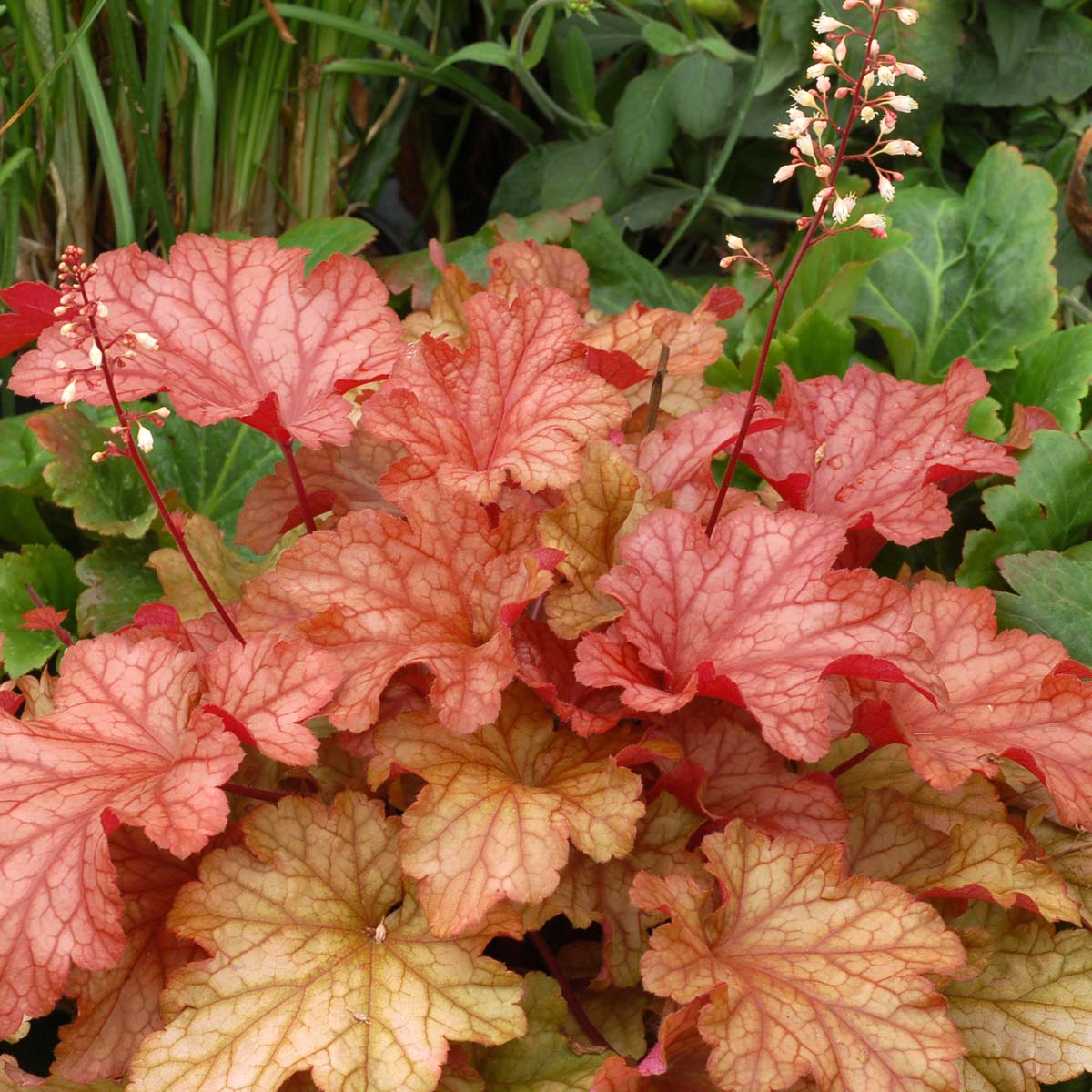
Heuchera TERRA NOVA® Nurseries, Inc.
Mature size: 10-30in Growth rate: Medium vigor Soil preference: Acid, neutral, slightly alkaline Best grown in: Part shade Time to plant: Early spring to early fall Peak season: Flowers spring, summer. Foliage: All year in most zones Hardiness zones: USDA Z4 Scientific name: Heuchera

Heuchera Heuchera, Plants, Garden
Noteworthy Characteristics. Heuchera americana, commonly called coral bells or alumroot, is a clump-forming Missouri native perennial which occurs in somewhat dryish locations in rocky open woodlands and along ledges and crevices of bluffs. Typically features a 12- to 15-inch-tall basal clump of heart-shaped, 5- to 7-lobed, long-petioled leaves.
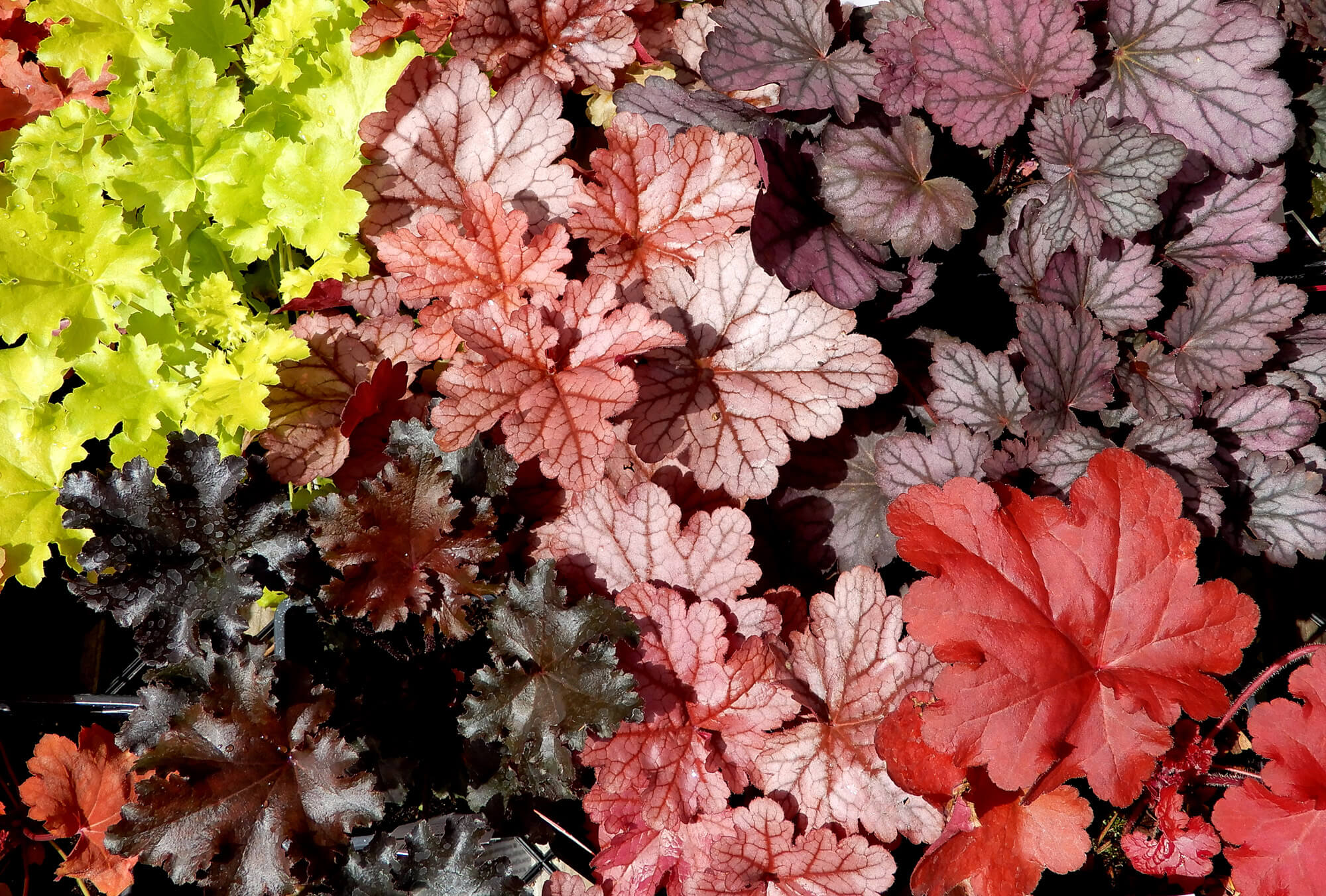
Heucheras Berkeley Horticultural Nursery Berkeley Horticultural Nursery
Heuchera is a Native American perennial plant that is found all over the country. It is more commonly known as Coral Bells and comes in many shades of purple, rose, green and variegated varieties. The plant makes a wonderful display in any shade garden and, although it does flower, it is grown more for the foliage.
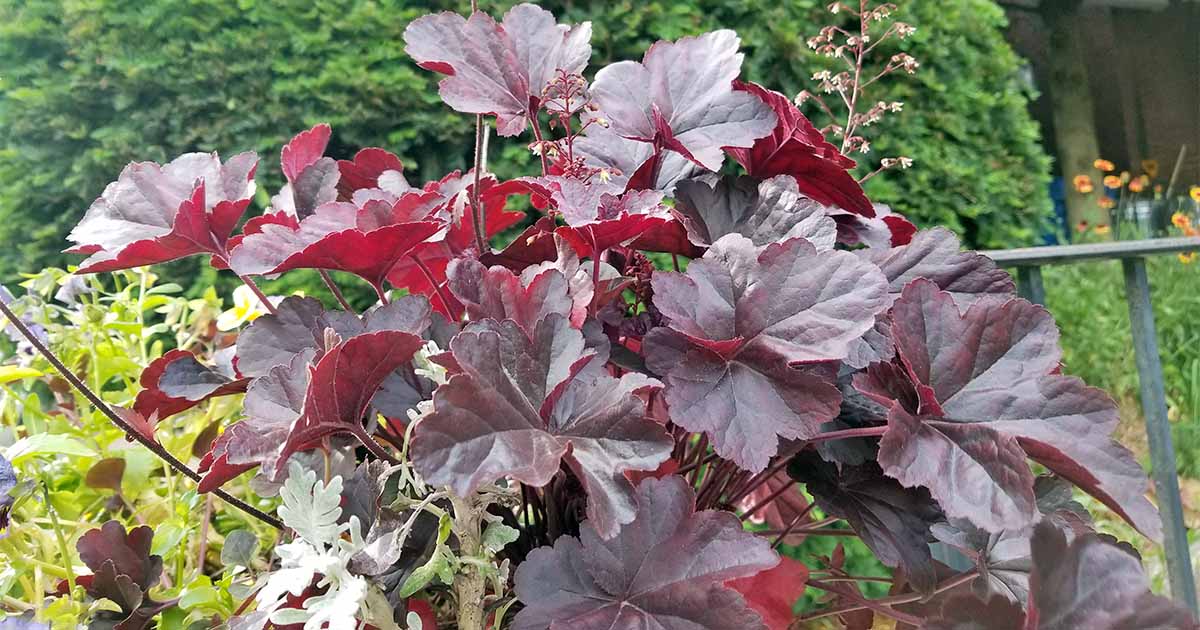
A whole lot of Heuchera (and how to grow them)
BBC Gardeners' World Magazine Published: Thursday, 15 April 2021 at 8:00 am How to grow heucheras, plus our pick of the best heucheras and heucherellas to grow. Save Heucheras are shade-loving plants, native to the woodlands of North America.
/200492342-001-58af00903df78c345b3ec535.jpg)
How to Grow Heuchera Organically
What to Know About Heuchera. Heucheras are herbaceous perennials that typically grow about a foot tall and have a mounding habit. The leaves are 3 to 5" across, on long stems that emerge from the base of the plant. Though heuchera are usually grown for their ornamental foliage, most varieties also produce a nice display of flowers.

Valley View Farms Sneak Preview Heucheras
The Best Soil Planting Tips Show Me the Seeds! Heuchera Heave, Dividing Plants, and Removing Leaves Pests, Problems, and Diseases Recommended Cultivars (And Where to Buy Them) Until Next Time Best Uses The primary appeal of coral bells is its foliage.

heuchera Heuchera, Plants, Photo
Tiny white flowers appear in spires in mid to late summer on stems rising above the foliage to 14-16" tall. The flowers are attractive, but it is the foliage that distinguishes this plant. Mocha means inter alia a brownish-chocolate color or, originally, a very fine coffee grown in Arabia and shipped from Yemen's port of Mocha.
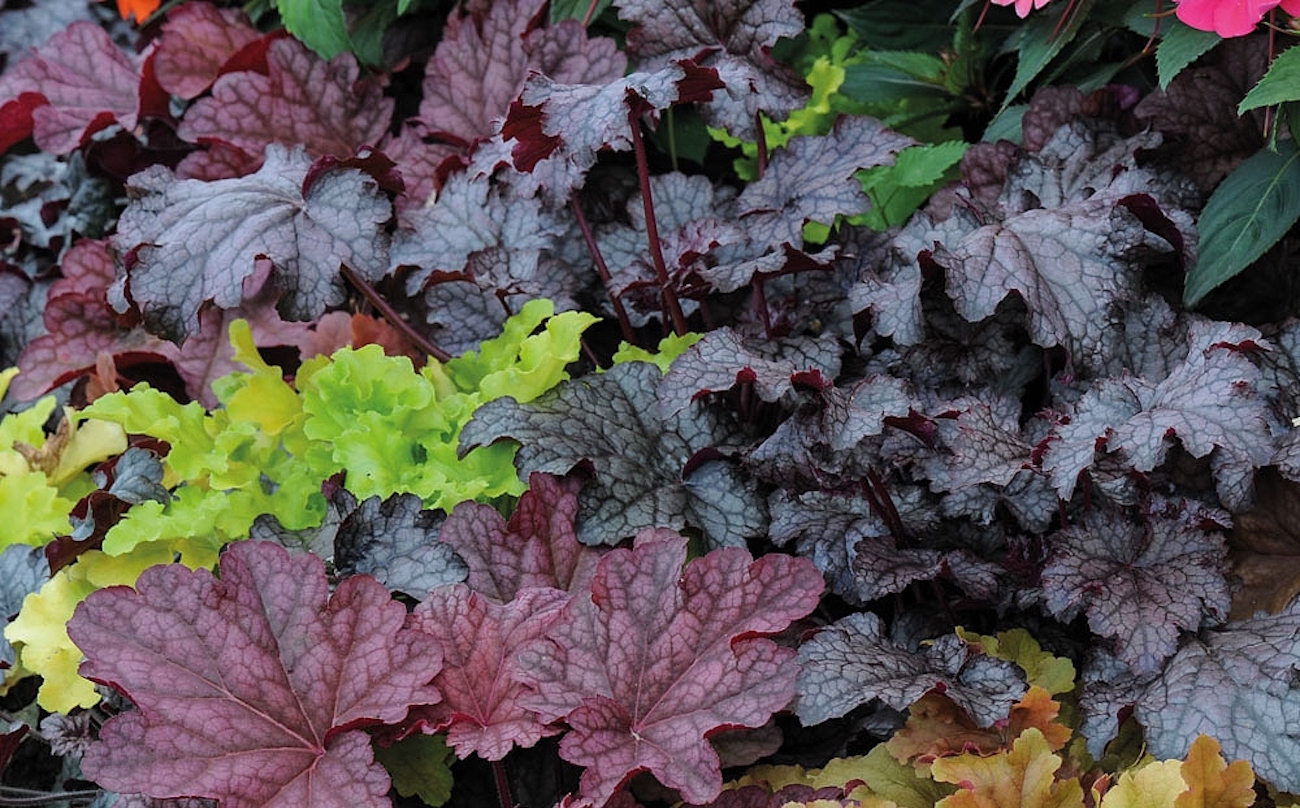
How to grow Heuchera Thompson & Blog
April 5, 2015 W HAT SHADE perennial has beautiful foliage in a dramatic color range, attractive flowers, offers multiseason interest with low maintenance, and is also drought tolerant and deer resistant—and inclined to cause indecision and perhaps dizziness if you try to select which variety to buy among the many in catalogs and garden centers?

How to grow Heuchera Blog at Thompson &
Remove any dead or sun-scorched leaves to keep the foliage looking healthy. Because food is stored in the leaves, don't prune them back in fall; wait until spring, just as new growth is starting to emerge. Rarely a problem, because coral bells plants have outstanding resistance to foliar diseases and pests.
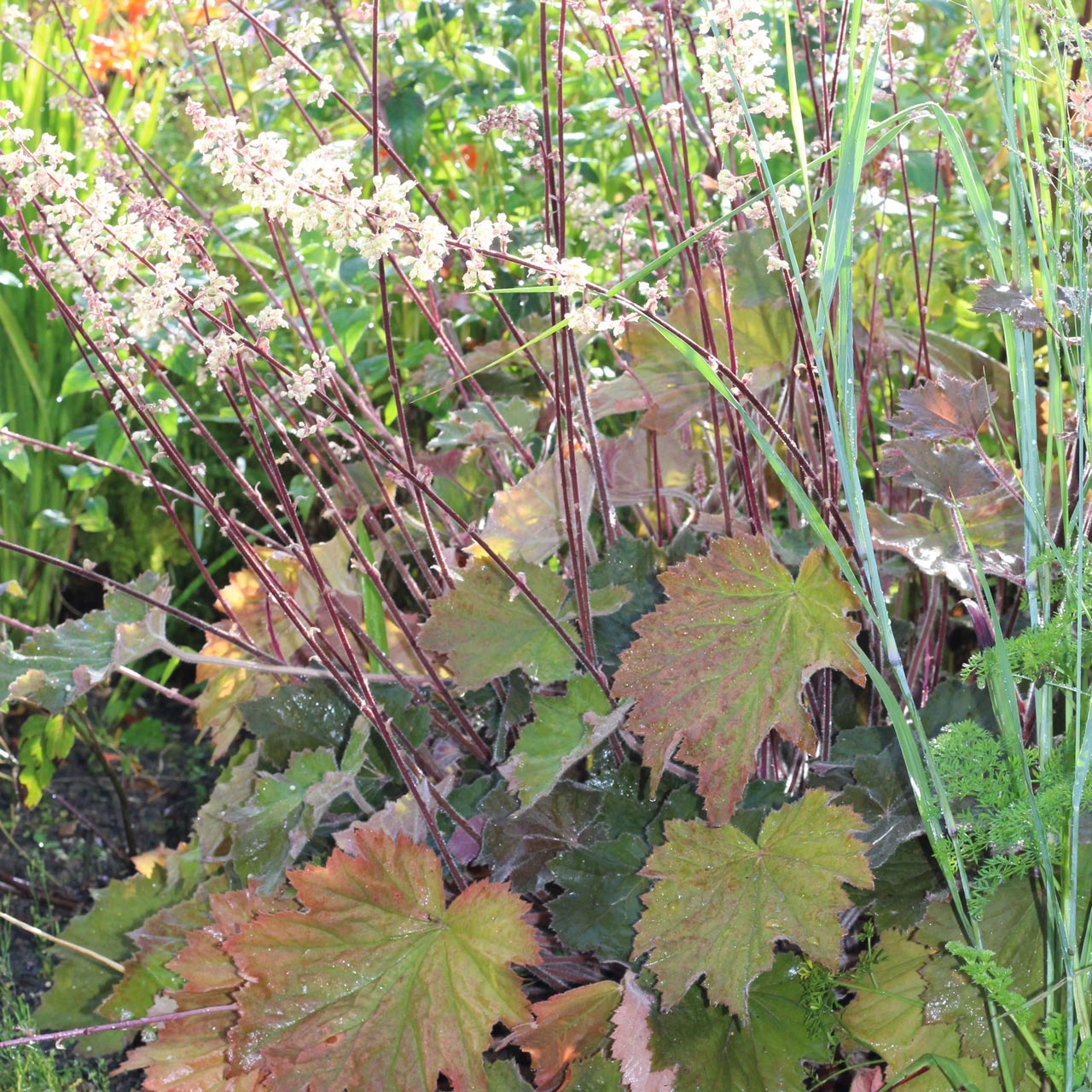
Heuchera villosa ‘Brownies' from Wildegoose Nursery
Common name of alumroot is in reference to the medicinal use of some species plants as an astringent to stop bleeding. 'Marmalade' is a vigorous, clump-forming coral bells cultivar that features unique russet to amber foliage and red-brown flowers. It is a cross between H. 'Amber Waves' (seed parent) and H. 'Huntsman' (pollen parent).

Heuchera problem — BBC Gardeners' World Magazine
Depending on the climate, the genus, Heuchera, is an evergreen to semi-evergreen perennial groundcover that is very popular in the landscape because of its colorful foliage, tiny bell-shaped flowers, and tidy, clumping habit. This genus is an interesting family of perennials comprised of more than 50 species. It is commonly known as coralbells.